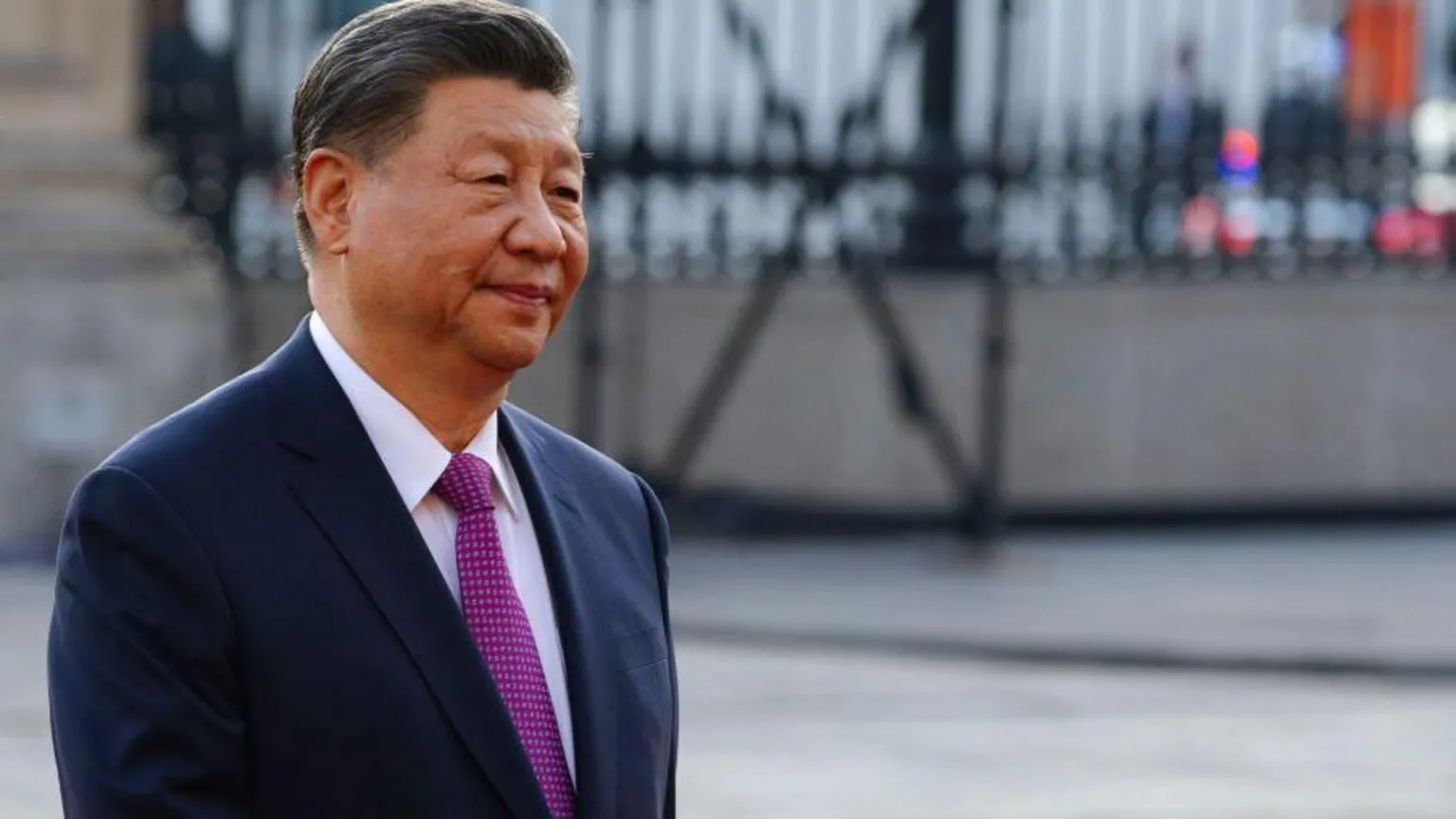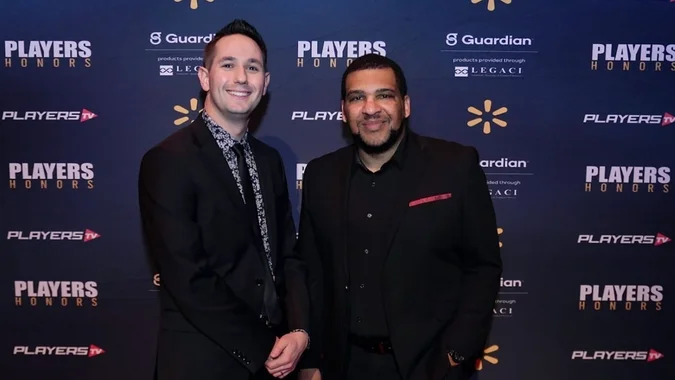The GOP’s Road to Economic Growth and Political Stability Begins with a Bold Tax Cut Bill
As Donald Trump enters his second term, the success of his presidency hinges on one critical factor: the swift passage of a robust tax reform package. With the U.S. economy still reeling from inflationary pressures and sluggish growth, a comprehensive tax cut is more than just a policy priority—it’s an economic necessity.
The stakes are high. The 2017 tax reforms, which fueled economic expansion during Trump’s first term, are set to expire at the end of 2025. Failing to renew and enhance these cuts could have far-reaching consequences, from a weakened economy to a potential Democratic resurgence in the 2026 midterms.
Urgency in Action: Why Speed is Crucial
The GOP’s slim control of the House and a precarious Senate majority in the lead-up to 2026 make decisive action imperative. Delays in passing tax reforms have proven costly in the past. For instance:
- Ronald Reagan’s First Term: Tax rate reductions were phased in too slowly, delaying economic benefits until 1983. The delay led to Democratic gains in the 1982 midterms.
- Trump’s First Term: The 2017 tax bill passed in December, costing Republicans a year of potential economic growth. This delay contributed to their loss of the House in 2018.
Learning from these missteps, the Trump administration must prioritize tax reform from day one of his second term. A running start in January 2025 can build momentum and fast-track the bill through Congress via reconciliation.
Key Elements of a Winning Tax Reform Plan
- Preserving and Enhancing the 2017 Tax Cuts
Renewing the 2017 tax reforms is non-negotiable. However, the new package must go further to ensure robust economic growth.
- Slashing Corporate Tax Rates
A 15% corporate tax rate for domestic profits would boost investment, spur job creation, and make the U.S. more competitive globally.
- Reducing Capital Gains Tax
Lowering the capital gains tax from its current 24% rate would have a dual impact:- Stimulating investment and driving higher equity prices.
- Raising government revenue as individuals and businesses realize gains.
History shows that cutting capital gains taxes leads to immediate revenue increases.
- Lowering Personal Income Tax Rates
Expanding federal income tax brackets and reducing personal income tax rates can increase disposable income and incentives for work and investment, mirroring the success of Reagan-era reforms.
- Addressing the Marriage Penalty
Adjusting the language of the 2017 bill to eliminate the marriage penalty for joint filers would provide significant relief to middle-income families.
- Retroactive Implementation
Making the tax cuts retroactive to the start of 2025 would deliver immediate benefits. A noticeable boost in paychecks by early 2026 could uplift national morale and consumer confidence.
Offsetting Tariffs with Tax Cuts
As Trump is likely to impose new tariffs during his second term, tax cuts will be essential to offset their economic impact. Lower taxes can neutralize potential cost increases for businesses and consumers, maintaining growth momentum.
A Political and Economic Imperative
Republicans must recognize that their political fortunes are intrinsically tied to a vibrant economy. The success of Trump’s second term—and the GOP’s future—depends on enacting tax reforms that stimulate growth, create jobs, and increase prosperity for all Americans.
By acting decisively, the GOP can secure both immediate economic benefits and long-term political stability. A bold tax reform package, passed swiftly and implemented effectively, is the linchpin of Trump’s second-term agenda and America’s economic revival.
Post Views: 96

















